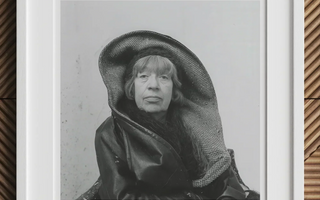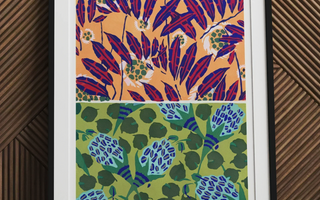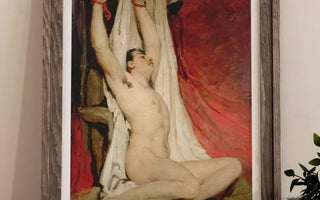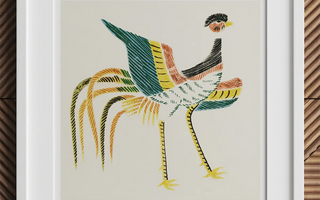Art + Design x Life
14 Artists' Habits & Rituals That Shaped Masterpieces
They say the muse likes her artists weird. And in the private theatres of 14 brilliant misfits, routine didn’t just...
10 Trippy Botanical Prints for Op Art Nerds
In the hush of jade echoes and viridian-lit delirium, these 10 trippy botanical prints become portals. Secret orchards of ancient...
10 Floral Pattern Art Prints for Vintage Design Nerds
These 10 floral pattern art prints are constellations of color. They breathe. Convulse. Revealing ancient memories of woodblock whispers and...
10 Pieces of Vintage Fashion Wall Art for Design Nerds
From the powdered precision of Rococo folds to 1930s surrealist gloves that grin in the face of austerity, these 10...
10 Nude Male Art Prints for History Nerds
Here, the nude male body unfolds across centuries. From the honeyed glint of Sargent’s bathers to the smoky shadows of...
10 Japanese Bird Art Prints for History Nerds
10 birds beckon from paper, each a totem of flight and stillness, myth and botanical devotion. Their wings beat against...
10 Black and White iPhone Cases for Modern Art Nerds
More than covers for circuitry, these 10 iPhone cases are relics of dream and memory. Uncovering subconscious fragments of Japanese...
10 Nude Male iPhone Cases for Art History Nerds
These 10 iPhone cases radiate with the sensual pulse of the homoerotic gaze, celebrating the male form as a site...





















